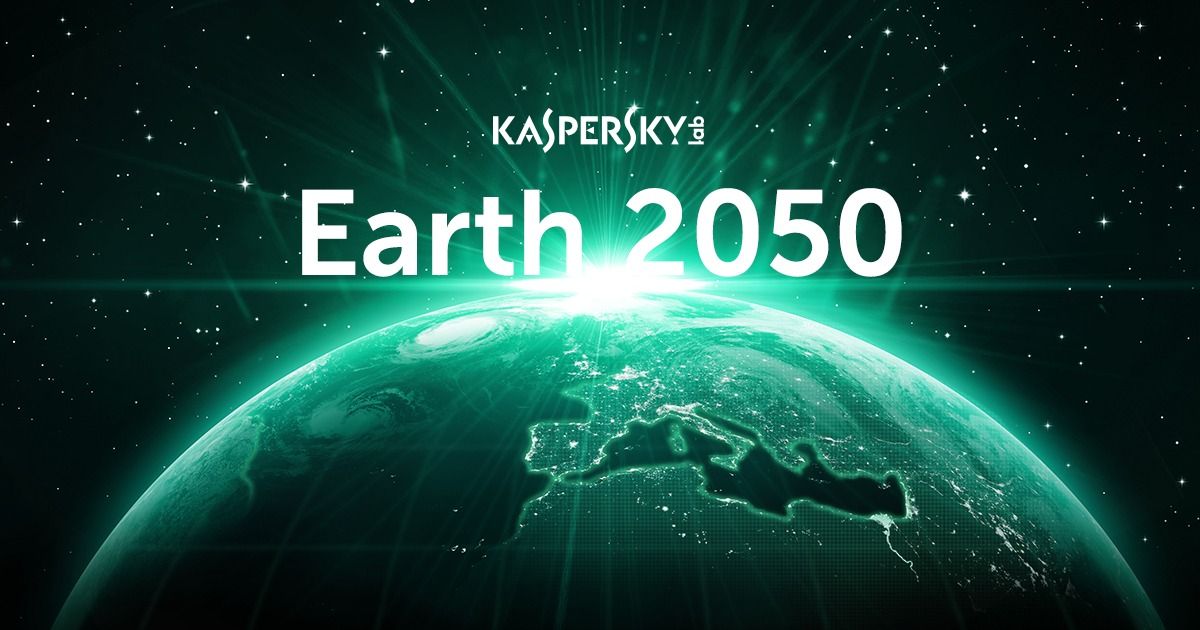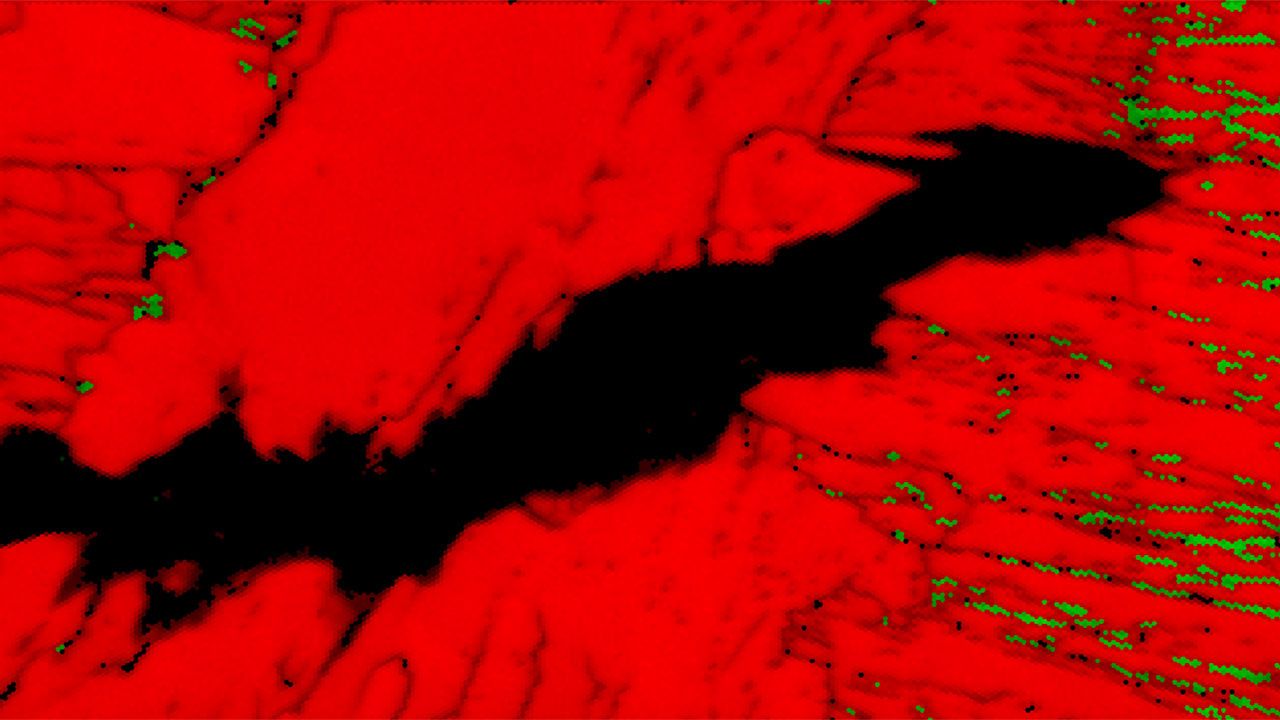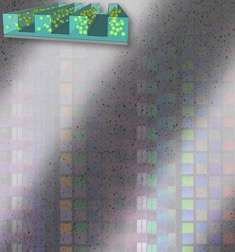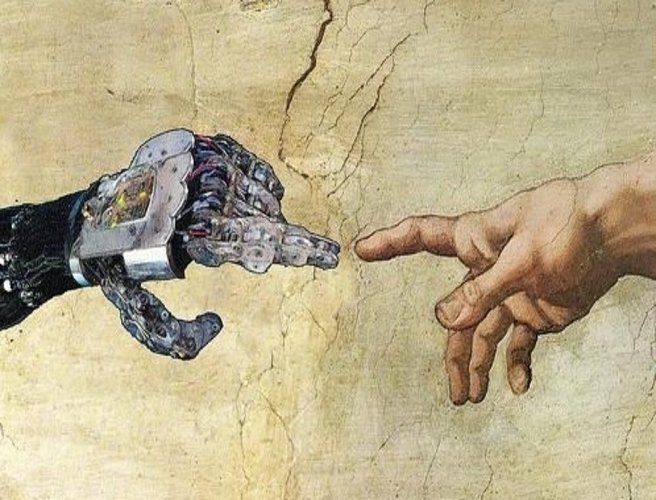Page 10175
Mar 13, 2017
Pain in the Neck: Using CRISPR to Prevent Tissue Damage and Neck Pain
Posted by Nancie Hunter in categories: bioengineering, biotech/medical, genetics
Bowles says. “We’re not changing what is in your genetic code. We’re altering what is expressed. Normally, cells do this themselves, but we are taking engineering control over these cells to tell them what to turn on and turn off.”
Now that researchers know they can do this, doctors will be able to modify the genes via an injection directly to the affected area and delay the degeneration of tissue. In the case of back pain, a patient may get a discectomy to remove part of a herniated disc to relieve the pain, but tissue near the spinal cord may continue to breakdown, leading to future pain. This method could stave off additional surgeries by stopping the tissue damage.
So far, the team has developed a virus that can deliver the gene therapy and has filed a patent on the system. They hope to proceed to human trials after collecting initial data, but Bowles believes it could be about 10 years before this method is used in patients.
Continue reading “Pain in the Neck: Using CRISPR to Prevent Tissue Damage and Neck Pain” »
Mar 13, 2017
Scientists Made the Perfect Underwater Glue
Posted by Shane Hinshaw in category: futurism
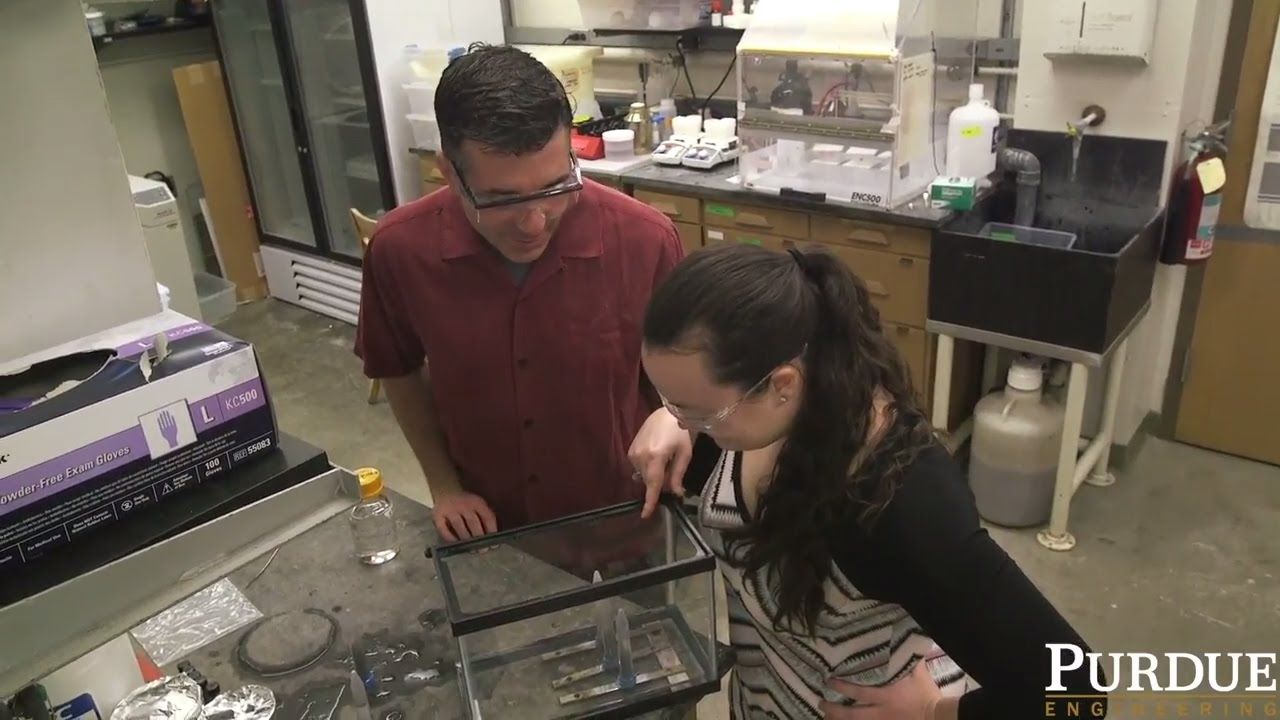
Even the strongest artificial glues are completely useless when you try to apply them underwater, but somehow shellfish are able to hold fast to rocks to deter predators from trying to carry them away. Clearly, nature has already figured out how to make glues that work underwater, and now researchers may have discovered the secret.
Mar 13, 2017
NASA Considers Magnetic Shield to Help Mars Grow Its Atmosphere
Posted by Shailesh Prasad in category: space
NASA Planetary Science Division Director, Jim Green, says launching a magnetic shield could help warm Mars and possibly allow it to become habitable.
Mar 13, 2017
‘Supersteel’ modeled on human bone is resistant to cracks
Posted by Saúl Morales Rodriguéz in category: nanotechnology
Mar 13, 2017
Researchers develop new method to program nanoparticle organization in polymer thin films
Posted by Saúl Morales Rodriguéz in categories: chemistry, engineering, entertainment, nanotechnology
Controlling the organization of nanoparticles into patterns in ultrathin polymer films can be accomplished with entropy instead of chemistry, according to a discovery by Dr. Alamgir Karim, UA’s Goodyear Tire and Rubber Company Professor of Polymer Engineering, and his student Dr. Ren Zhang. Polymer thin films are used in a variety of technological applications, for example paints, lubricants, and adhesives. Karim and Zhang have developed an original method—soft-confinement pattern-induced nanoparticle segregation (SCPINS)—to fabricate polymer nanocomposite thin films with well-controlled nanoparticle organization on a submicron scale. This new method uniquely controls the organization of any kind of nanoparticles into patterns in those films, which may be useful for applications involving sensors, nanowire circuitry or diffraction gratings, with proper subsequent processing steps like thermal or UV sintering, that are likely required but the self-organization into directed patterns.
This work, “Entropy-driven segregation of polymer -grafted nanoparticles under confinement,” has been published in the February 2017 issue of Proceedings of the National Academy of Sciences (PNAS).
Intuitively, entropy is associated with disorder of a system. However, for colloidal matter, it has been shown that a system can experience transitions which increase both entropy and visible order. Inspired by this observation, Karim and Zhang investigated the role of entropy in directed organization of polymer-grafted nanoparticles (PGNPs) in polymer thin films. By simply imprinting the blend films into patterned mesa-trench regions, nanoparticles are spontaneously enriched within mesas, forming patterned microdomain structures which coincide with the topographic pattern. This selective segregation of PGNPs is induced by entropic penalty due to the alteration of the grafted chain conformation when confined in ultrathin trench regions.
Mar 13, 2017
Should death be treated as a disease?
Posted by Zoltan Istvan in categories: biotech/medical, transhumanism
My new 10-min interview on one of Ireland’s largest talk shows (120,000 listeners). Some of the questions are tough to answer as I strive to protect those in hardship, promote equality, and still remain true to my #libertarian values. Lots of core #transhumanism in this interview.
Zoltan Istvan is a transhumanist who is running for Governor of California. He spoke to Sean about his beliefs that centre around technology and science helping humans.
Show: Moncrieff
Mar 13, 2017
Making autonomous car play, Intel offers $15B for Mobileye
Posted by Dan Kummer in categories: robotics/AI, transportation
DETROIT (AP) — Computer chip maker Intel paid handsomely for a piece of the next big thing Monday as it offered more than $15 billion for Mobileye, an Israeli company at the forefront of autonomous vehicle technology.
The purchase, scheduled to close by year’s end, creates another major player in self-driving technology as traditional automakers and tech companies vie to put the cars into public use. Most companies have predicted autonomous vehicles will be carrying people in the next three-to-five years.
The big investment by Intel validates predictions that autonomous cars will someday come in large numbers, signifying a sea change in the way we all get around, said Timothy Carone, a Notre Dame University professor who has written about the future of automation. “Major players are finding ways finding ways to position themselves for a change as seminal as the personal computer revolution,” he said.
Mar 13, 2017
Perspective of a former “Bitcoin Maximalist”
Posted by Philip Raymond in categories: bitcoin, cryptocurrencies
This pundit is very cogent, as he criticizes early Bitcoin adopters and evangelists. He believes that they are too wrapped up in the original blockchain implementation, and that what goes up must come down—or, at least, that the earliest implementation of a new technology cannot adapt and become the durable leader in the field that it launched.
It’s the 15-minutes-of fame argument. But, I disagree! There are plenty of reasons to support, repair and expand Bitcoin—rather than fragment goodwill and abandon and a viable, two-sided network into 3,000 altcoins and blockchain startups.
Still, the author is very very bright and defends his position.
Mar 13, 2017
Physicists Call for a Soccer-Field-Size Quantum Computer
Posted by Shailesh Prasad in categories: computing, quantum physics
The proposed system could lead to breakthroughs in currently unsolvable problems.
- By Elizabeth Gibney, Nature on February 2, 2017
